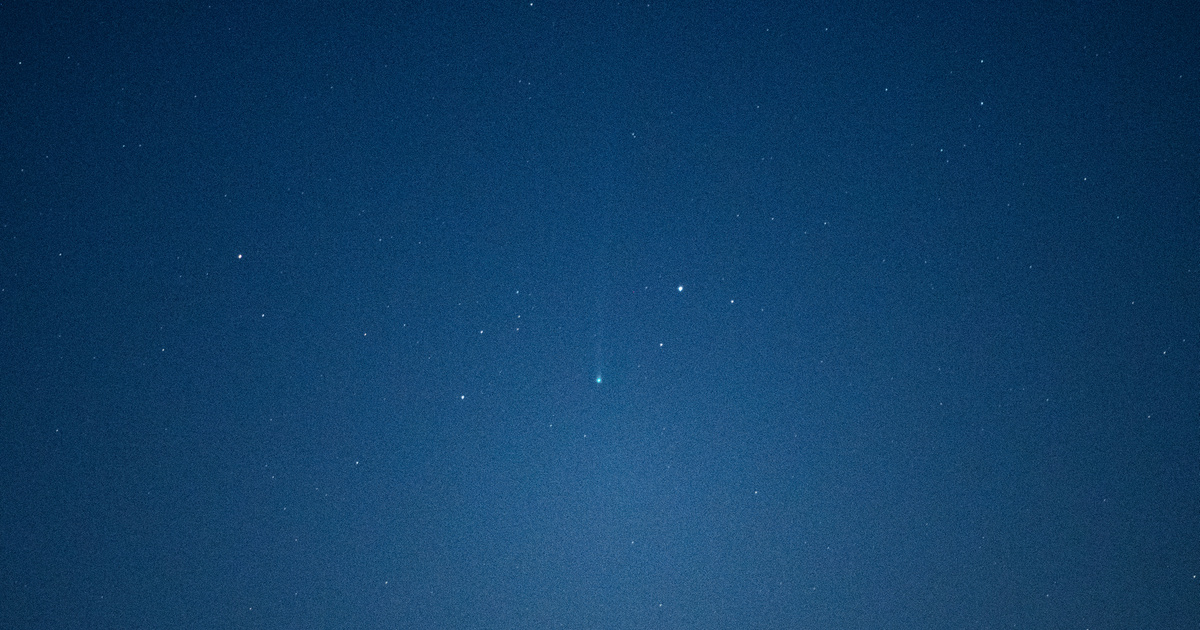According to the announcement, interstellar space is full of small and large dust particles, which, according to our current knowledge, play a major role in the cosmic cycle. Based on our current knowledge, the Earth itself began its path to becoming a planet by accumulating very small dust particles at first. Despite its importance and large quantity, the origin of cosmic dust is still not completely clear.
Supernova explosions that end the evolution of high-mass stars have long been considered possible sources of interstellar dust particles, for which the discovery of intense infrared radiation detectable years or decades after the explosion could serve as direct evidence. .
Over the past decade, astrophysicists at the SZTE Physics Institute, led by Tamas Szalai, have been actively engaged in studying the infrared properties of supernovae. Researcher and former doctoral student Szana Zyros has been invited to an international research group, which in March 2021 won several applications for measurement opportunities at the first science session of the James Webb Space Telescope.
Recently, the first results from the Webb Space Telescope regarding the role of supernova explosions in the formation of cosmic dust were published, presented in journal articles, including the prestigious journal MNRAS, and at conferences held by the international group, which also includes researchers. Who will find? In the case of two nearby supernovas – about 25 million light-years away – known as the “fireworks galaxy” in NGC 6946, researchers came to the conclusion that the dust detected had formed in the ejected material during the explosion.
Specialists also observed another nearby supernova, called SN 1980K, which, given its stage of development, serves as a promising candidate for studying the transitional phase between young supernovas and ancient remnants, and also provides a great opportunity to study in-depth the immediate environment of the explosion.
The research group’s results so far have clearly confirmed the essential role of collapsed supernovae in producing cosmic dust.
The fact that many additional data from the programs obtained in collaboration with Szeged in the first cycle are expected to appear in the coming months is a reason for greater confidence, and on the other hand, there are also freely available measurements made during the additional programs (mainly galaxy surveys nearby).
In addition, in collaboration with the Szeged researchers, two other programs have received support in the next second measurement cycle of the Webb Space Telescope, and these will also help move closer to answering questions surrounding dust formation around supernova core collapses.












































